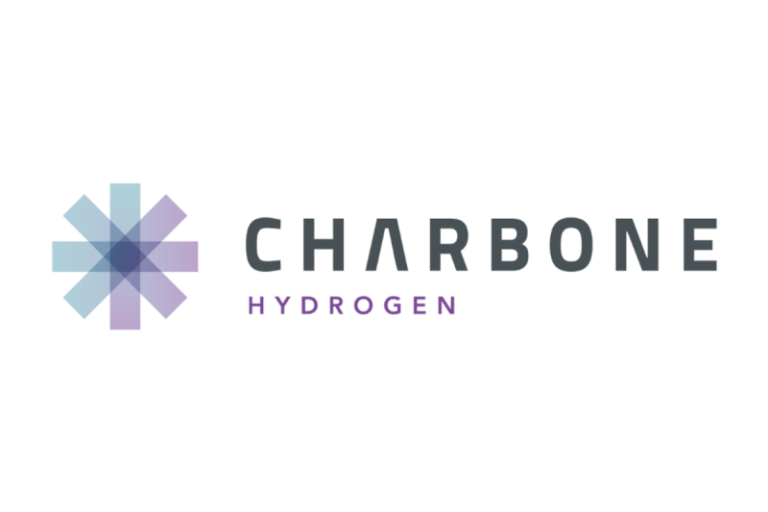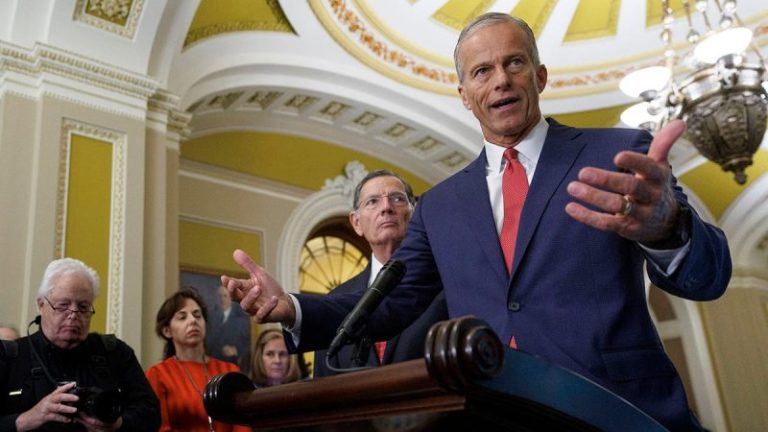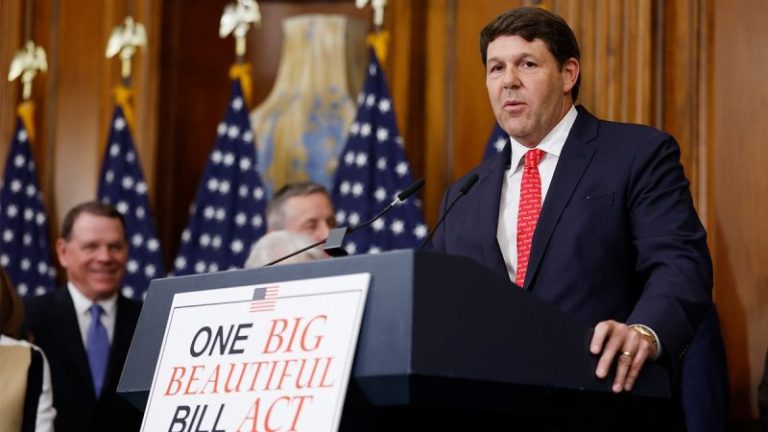(TheNewswire)
Brossard, Quebec TheNewswire – November 12, 2025 CHARBONE CORPORATION (TSXV: CH,OTC:CHHYF; OTCQB: CHHYF; FSE: K47) (‘ CHARBONE ‘ or the ‘ Company ‘), a North American producer and distributor specializing in clean Ultra High Purity (‘ UHP ‘) hydrogen and strategic industrial gases, is pleased to confirm that the construction schedule at its Sorel-Tracy site remains fully on track with the equipment installation phase set to begin in the coming days.
The civil construction works , which began on October 27, 2025 , are now completed , including foundation preparation and all required technical infrastructure for the reassembly of the main production systems. All major components delivered in October will be installed on-site before the end of the month, keeping the project on pace for the planned commissioning in November 2025 of Phase 1a.
‘ The fact that our schedule remains perfectly on track reflects the efficiency and dedication of our teams, along with the exceptional collaboration of our technical and municipal partners ,’ said Dave B. Gagnon, CEO of CHARBONE . ‘ We are now entering the most tangible phase of the project — the installation of the equipment — marking the transition toward testing and commissioning of our first clean UHP hydrogen production module in Quebec .’
The Sorel-Tracy site represents CHARBONE’s first local and modular clean hydrogen production facility in Quebec, aligning with the Company’s broader vision to develop a decentralized North American network for the production and distribution of clean and strategic industrial gases. For more information on the Company’s 5 phased approach and economics for CHARBONE’s modular facility, please see the latest investor presentation on the Company’s website.
About CHARBONE CORPORATION
CHARBONE is an integrated company specializing in clean Ultra High Purity (UHP) hydrogen and the strategic distribution of industrial gases in North America and Asia-Pacific. Through a modular approach, the Company is building a distributed network of green hydrogen production plants while diversifying revenues via helium and specialty gas partnerships. This disciplined model reduces risk, enhances flexibility, and positions CHARBONE as a leader in the transition to a low-carbon future. CHARBONE is listed on the TSX Venture Exchange (TSXV: CH,OTC:CHHYF) , the OTC Markets (OTCQB: CHHYF) , and the Frankfurt Stock Exchange (FSE: K47) . Visit www.charbone.com .
Forward-Looking Statements
This news release contains statements that are ‘forward-looking information’ as defined under Canadian securities laws (‘forward-looking statements’). These forward-looking statements are often identified by words such as ‘intends’, ‘anticipates’, ‘expects’, ‘believes’, ‘plans’, ‘likely’, or similar words. The forward-looking statements reflect management’s expectations, estimates, or projections concerning future results or events, based on the opinions, assumptions and estimates considered reasonable by management at the date the statements are made. Although Charbone believes that the expectations reflected in the forward-looking statements are reasonable, forward-looking statements involve risks and uncertainties, and undue reliance should not be placed on forward-looking statements, as unknown or unpredictable factors could cause actual results to be materially different from those reflected in the forward-looking statements. The forward-looking statements may be affected by risks and uncertainties in the business of Charbone. These risks, uncertainties and assumptions include, but are not limited to, those described under ‘Risk Factors’ in the Corporation’s Filing Statement dated March 31, 2022, which is available on SEDAR at www.sedar.com; they could cause actual events or results to differ materially from those projected in any forward-looking statements.
Except as required under applicable securities legislation, Charbone undertakes no obligation to publicly update or revise forward-looking information.
Neither TSX Venture Exchange nor its Regulation Services Provider (as that term is defined in policies of the TSX Venture Exchange) accepts responsibility for the adequacy or accuracy of this release .
|
Contact Charbone Corporation |
|
|
Telephone: +1 450 678 7171 |
|
|
Email: ir@charbone.com Benoit Veilleux CFO and Corporate Secretary |
|
Copyright (c) 2025 TheNewswire – All rights reserved.
News Provided by TheNewsWire via QuoteMedia










